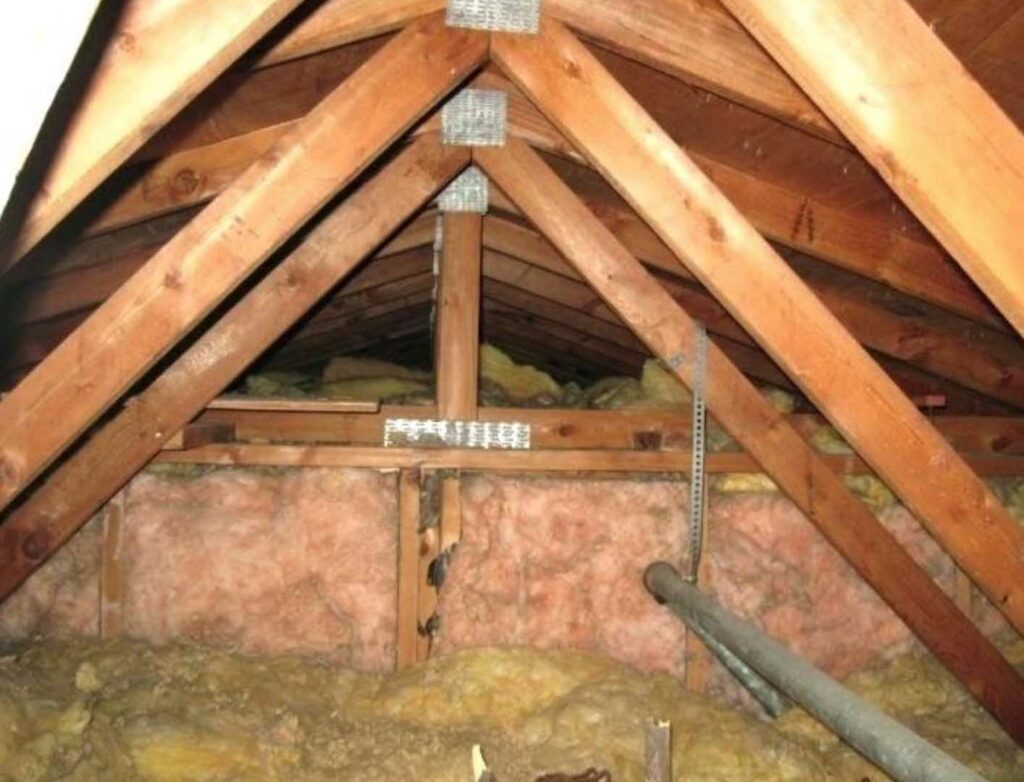Most simple construction truss roof home s roof and trusses are supported by the exterior walls perpendicular to the trusses.
Attic trusses resting on non bearing wall.
We usually build on the exterior walls set the trusses and do all of the chord blocking and truss bracing before buildin.
The outside walls are supporting the roof so they re bearing walls.
Chances are this is a non bearing wall.
3 only part of the roof framing may be trusses and the rest is rafters as in the photo below.
An example of a non load bearing partition wall can be seen on the left.
One top plate and a space between the bottom chord of the truss and the top of the wall non load bearing.
An example of a load bearing wall call be seen on the right.
It is carrying the weight of the ceiling.
Actually a quick way to determine if the wall is bearing is to cut hole at the top to see if it has one or two top plates.
If the wall in question is parallel to the joists trusses it will likely not be load bearing.
This is sometimes done by a homeowner to provide cleared space in the attic for storage but destroys the structural integrity of the truss.
If there are two plates refer to an engineer.
2 truss chords have been removed.
For instance hanging or cutting ceiling joists adding stairways and adding attic rooms usually require the changing of non load bearing walls to load bearing walls.
Internal wall brackets are used to connect internal non loadbearing walls to roof trusses at maximum 1800mm centres.
There may still not be any interior bearing walls but you should check.
A beam directly under a wall usually means that it s a bearing wall whether the beam is in a crawl space basement or on the main floor.
Engineered roof truss systems may be designed to eliminate the need for load bearing walls or change where the bearing walls are located.
When joists trusses are perpendicular to the wall and bear o n the top of the wall that wall is bearing wall.
Ceiling joists that meet over the wall indicate that it s a bearing wall.

